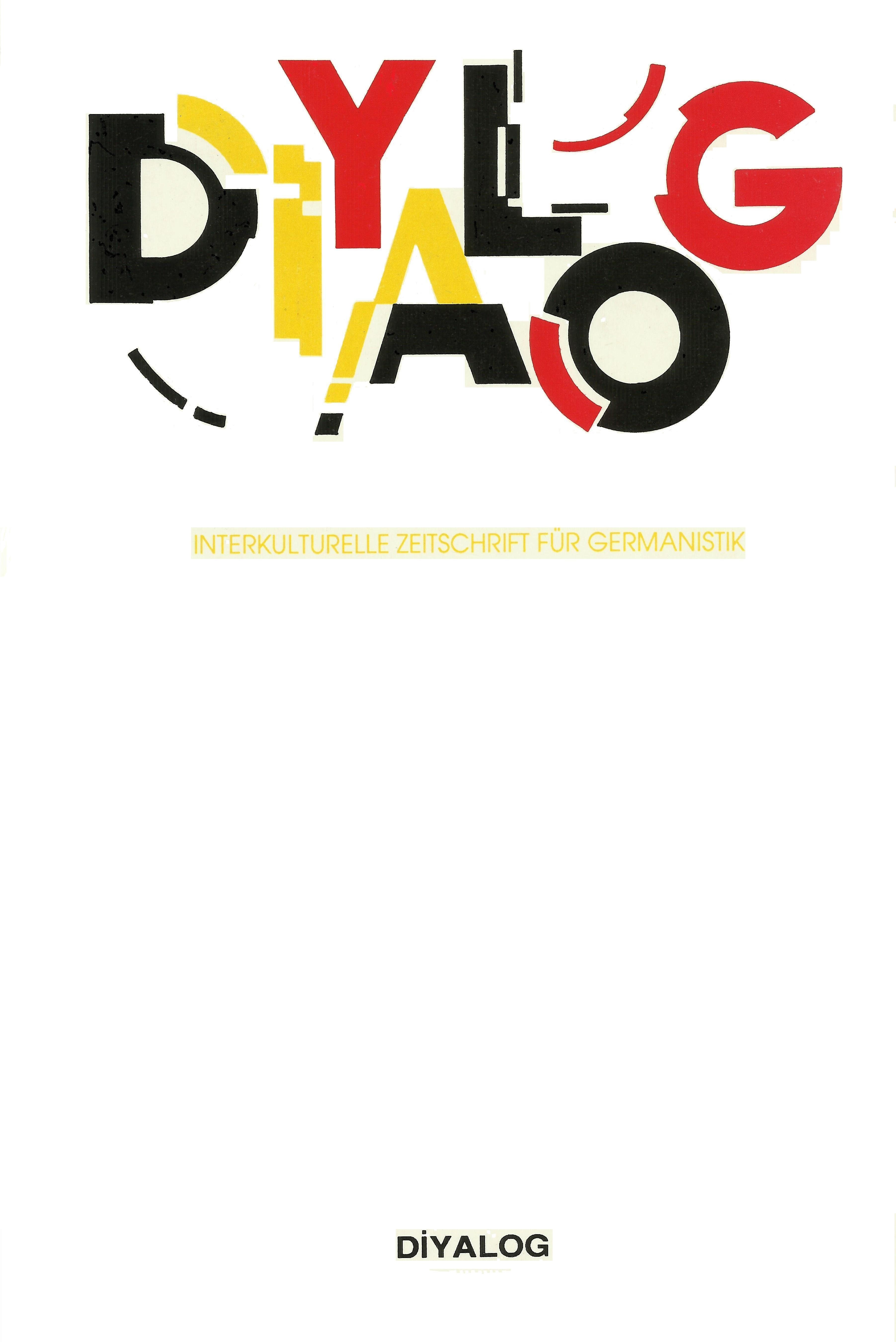Kelimelerin Şekilsel Benzerliklerinin Öğretme ve Öğrenme Süreçlerinde Ortaya Çıkardığı Güçlükler
Öğrenciler bir yabancı dili öğrenmek için yoğun çaba harcasalar da iletişim esnasında anlama zorlukları yaşadıkları yadsınamaz bir gerçektir.Yaşanan bu zorlukların başlıca sebepleri arasında grameri eksikliklerden ziyade edinilen kelime hazinesinin yetersizliği gelmektedir. Bu durum öğrencinin öğrenme sürecindeki motivasyonunu da olumsuz etkilemektedir. Özellikle morfolojik açıdan birbirine çok benzeyen ancak anlam bakımından farklılıklar gösteren kelimeler öğrenim sürecinde, profesyonel yardım alınmadan üstesinden gelinemeyecek sorunlara yol açmaktadır. Kelimelerin morfolojik benzerlikleri, öğrencilerin bu tip kelimelerin farklı anlamlarını algılayamamalarına sebebiyet vermektedir. Bu sebepten dolayı çalışmanın amacı, şekli (morfolojik) benzerlikleri yüzünden öğrencilere zorluk çıkaran kelimeleri mercek altına almaktır. Çalışma bu haliyle konuyu somut bir çerçevede ele aldığı için bu tür zor kelimelerin öğretiminde çeşitli güçlüklerle karşılaşan öğreticilere de katkı sağlayabilecek niteliktedir.
Anahtar Kelimeler:
Kelimeler, yabancı dil, Almanca, öğrenciler, öğreticiler
The Possibel Impediments of Morphological Similarities of Words in Learning and Teaching Process
Although students make a great effort to learn a foreign language, it is an undeniable fact that they have some difficulties of understanding during communication. One of the prominent reasons of this situation is their having lack of vocabulary rather than grammar knowledge. This situation also effects the motivation of students in the process of learning negatively. Especially, words that have morphological similarities, but semantically different ones cause a problem in the process of learning, which can not be overcome without getting help professionally. The morphological similarities of the words lead students fail to understand different meanings of these kinds of words. For this reason, the purpose of this study is to investigate the words which cause difficulties because of the morphological similarities for the students to learn. As the study handles the subject in this concrete perspective, it contributes to the teachers having problems in teaching aforementioned difficult words.
Keywords:
Words, foreign language, German, students, teachers,
___
- Balcı, Tahir (2009): Grundzüge der deutsch-türkischen kontrastiven Grammatik, Adana.
- Bergmann, Nicole (2005): „Wörter lernen – Lerntechniken. Im Englischunterricht der Klassen 5 und 6.“, in: Praxis Fremdsprachenunterricht (1), S. 15-20.
- Freudenstein, Reinhold (1992): „Wählen Sie Kanal 93! Unterrichtsmaterialien für das 21. Jahrhundert“, in: Info DaF (5), S. 543-550.
- Hufeisen, Britta und Neuner Gerhard (1999): Angewandte Linguistik für den fremdsprachlichen Deutschunterrich, Berlin.
- Meerholz-Härle, Birgit (2012): „Wortschatzvermittlung im DaZ-Unterricht.“, in: Kaufmann, Susan u.a. (Hg.): Qualifiziert Unterrichten. Fortbildung für Kursleitende Deutsch als Zweitsprache. Band 2, Ismaning, S. 1-34
- Müller, Bernd-Dietrich (1998): Wortschatzarbeit und Bedeutungsvermittlung, Berlin.
- Neuner, Gerhard (1991): „Lernerorientierte Wortschatzauswahl und -vermittlung.“, in: Deutsch als Fremdsprache (2), S.76-83.
- Rohrer, Josef (1984): Die Rolle des Gedächtnisses beim Fremdsprachenlernen, Bochum.
- Spillmann, Hans Otto (2004): Einführung in die germanistische Linguistik, Berlin.
- Storch, Günther (1999): Deutsch als Fremdsprache – Eine Didaktik. Theoretische Grundlagen und praktische Unterrichtsgestaltung, München.
- Tekin, Özlem (2012): Grundlagen der Kontrastiven Linguistik in Theorie und Praxis, Tübingen.
- Willenberg, Heiner (2008): „Wortschatz Deutsch“, in: DESI-Konsortium (Hg.): Unterricht und Kompetenzerwerb in Deutsch und Englisch. Ergebnisse der DESI-Studie, Weinheim/Basel, S. 72-80.
- Wahrig (2008): Großwörterbuch Deutsch als Fremdsprache, Berlin.
- Langenscheidt (2008): Großwörterbuch Deutsch als Fremdsprache, Berlin u. München.
- ISSN: 2148-1482
- Yayın Aralığı: Yılda 2 Sayı
- Başlangıç: 2003
- Yayıncı: Germanistler Derneği
Sayıdaki Diğer Makaleler
Kültür ve Metinlerin Diyaloğu ya da Çevirinin Göçü
Max Florian HERTSCH, Özlem DEMİRCİ, Mutlu ER, Begüm KARDEŞ
Kelimelerin Şekilsel Benzerliklerinin Öğretme ve Öğrenme Süreçlerinde Ortaya Çıkardığı Güçlükler
Liebe Kollegen, liebe Kolleginnen
Trakya Üniversitesi Öğretim Üyelerinin Yabancı Dil Kullanım Amaçlarının Betimlenmesi
Tarihe Yön Veren Çeviriler, Septuaginta ve Reşid Taşı (Rosetta)
Aydan Güzel. Grimm ve Kunos Masallarında Güzellik Anlayışı
Her Yönüyle Almanca İlgeçler / Deutsche Präpositionen unter allen Aspekten
